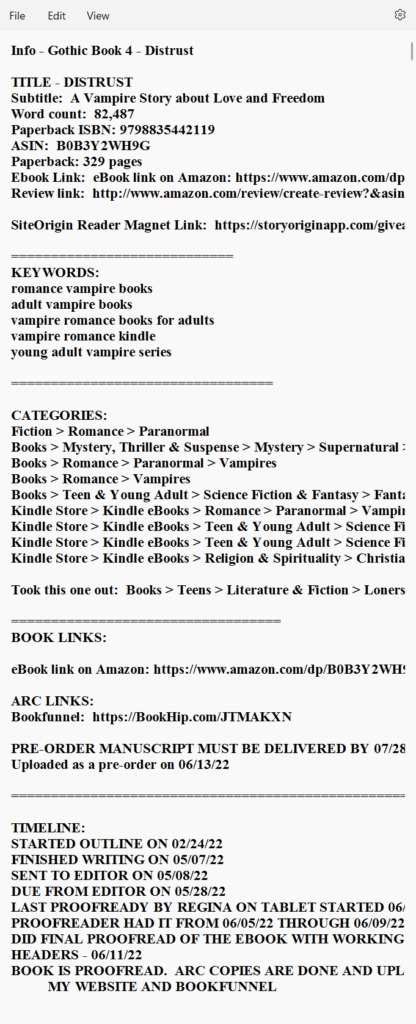LAYER 4 – WRITING THE FIRST DRAFT
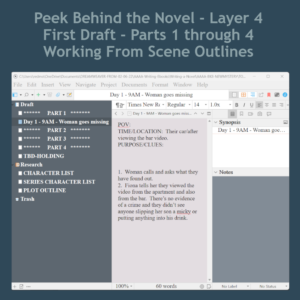
- Use the Scene outlines to write the individual scenes.
- Split Scrivener Binder into Four Parts representing the Four Part Structure.
- I copy each scene outline into one document under the Part it belongs in.
- I set up all of my scene documents in the proper sections. I don’t worry if certain parts are ‘heavy’. The clues are recorded but the rest of the drama of the story is not.
THE MIND IS ALWAYS WORKING:
- This process will give you a bird’s eye view of the scenes.

- I usually decide to move a scene or two closer to the mid-section of the story. Because it’s only an outline, it’s easy-peasy.
- By seeing the scenes with the timings and a one to three word prompt, I start to see the story from above.
I DON’T FORGET MY LANDMARKS – PART 1
- The Hook (Which we haven’t talked about yet)
- The crime scene or the acknowledgement of the mystery
- The Inciting Incident – When the detectives start off to solve the crime.
- By the end of Part 1, I want there to be at least 2 suspects or even 3.
- By the end of Part 1, more than one person looks guilty.
LANDMARKS OF PART 2:
- Interviews begin – they point to different people
- Clues begin to trickle in – they may seem to clear one or another
- One of two secrets are exposed in Part 2.
- The end of Part 2 is the midway point. There could be a big surprise or shock
LANDMARKS OF PART 3:
- More interviews
- More clues
- Even the rise of another suspect, an unusual suspect.
- This rise of an unusual suspect can twist the story into another direction.
- This midway point could also be a Dark Night of the Soul where it may seem that the culprit may get away with it or it won’t be solved or solved in time.
LANDMARKS OF PART 4:
- The first part of this section will be a big reveal.

- The crime will be solved between the start of Part 4 up to 2/3 of the part.
- There needs to be time to wrap up the crime and show how it affects everyone involved.
- The last part of the story is for the ‘wrap up’ where you tie up all the loose ends.
ABOUT WRITING THE WRAP UP:
- Reveal the guilty party and solve the mystery.
- Reveal why the red herring couldn’t be guilty.
- Do a quick review of the whole crime to confirm for the readers
- Show a ‘new normal’ for the main characters, showing their character arcs completing.
- In a series, you need to drop a clue that this crime is finished but their story continues.
TIPS ON WRITING A FIRST DRAFT:
- Write forward only. Don’t look back.
- Don’t worry about spelling, grammar, verb tense, too many over-used words.
- The goal of the first draft is to get it down on paper and make sure you put everything into the story from your scene outlines.
- Think of it as ‘blurting out the story’.
I’LL BE BUSY OVER THE NEXT FEW WEEKS WRITING:
- I’ve reached Layer 4 in my present novel. This layer takes time to get it all down on paper.
- By not worrying about prose or grammar, I’m free to just be creative about the story and whatever dialogue pops into my head.
- The first draft will be just that — a first draft.
- Rest assured that the first draft is important, but by the time I get all the way to Layer 8, it will be polished and not look anything like it looks in the first draft.
I HOPE THIS SPURS SHARING
- I hope my revelations of my writing techniques will prompt other authors to reveal their process.
- I love to learn new techniques and when I was brand new, learning from experienced authors was so very helpful.
- Be sure to sign up at ReadFirstChapter.com to get on my mailing list. I send book promotions once a week and notices of new books and notices of when my books go “free” on Amazon.
Here is the YouTube video that goes along with this blog post. I have the timestamps below in case you want to watch a certain part over or just skip to the relevant part.
00:01 – How I set up Scrivener into the Four Part Story Structure 01:15 – This process gives you a bird’s eye view of the entire story
02:00 – Showing in Scrivener how I set up the Binder, the documents, the Title and Synopsis sections and how I can use the Outline view to see a bird’s eye view of the entire manuscript as it comes together.
03:00 – Tracking case time and personal time in order to weave in the subplots
03:36 – How I use the screen outlines, moving the scene outline into the Notes section to keep it safe
04:25 – The Corkboard vs. Outline View 06:10 – Keeping the writing landmarks of Part 1 in mind: The hook, inciting incident, etc.
07:15 – Landmarks of Part 2, how the evidence trickles in – middle of the book
08:20 – Landmarks of Part 3 – Names the suspects and a dark night of the soul.
09:20 – First half of Part 4 – The big reveal and the wrap up of the mystery. 11:03 – Tying up all loose ends and the subplots. Showing the new normal. Ending the character arcs for this story.
12:00 – Writing series and letting the reader know the crime has been solved but their personal lives continue.
12:37 – Five tips to Beginner Writers 13:30 – The story crafter vs. the story author.

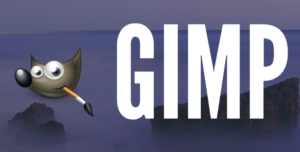 I used Photoshop in the past, which is a great tool. They have a subscription where you get to use the latest tools in their whole suite of products, but the price starts at $50 a month. When I was doing web design, that was fine. But now I’m retired and I’m on a fixed income; so now $50 a month is no longer okay!
I used Photoshop in the past, which is a great tool. They have a subscription where you get to use the latest tools in their whole suite of products, but the price starts at $50 a month. When I was doing web design, that was fine. But now I’m retired and I’m on a fixed income; so now $50 a month is no longer okay! As a self-published author, all marketing for my books falls to me. I can outsource it, but that costs money too. I have figured out, after publishing 11 novels, where my money is best spent. The answer is on line-editing, which costs between $400 to $500 or more depending upon how long your book is.
As a self-published author, all marketing for my books falls to me. I can outsource it, but that costs money too. I have figured out, after publishing 11 novels, where my money is best spent. The answer is on line-editing, which costs between $400 to $500 or more depending upon how long your book is. Two of the most popular websites to give away or sell your book is through bookfunnel.com and siteoriginapp.com. These two companies offer the opportunity to join other authors in featuring your book. Everyone has a ‘share date’ and they share the promotion with their newsletter list and also with their social media following. It’s a win/win for everyone.
Two of the most popular websites to give away or sell your book is through bookfunnel.com and siteoriginapp.com. These two companies offer the opportunity to join other authors in featuring your book. Everyone has a ‘share date’ and they share the promotion with their newsletter list and also with their social media following. It’s a win/win for everyone.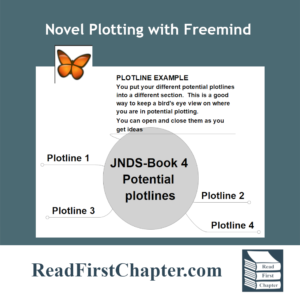 In the first installment of the Peek Behind the Novel Series, I wrote about working four different plotlines before choosing one. By working on four of them, it helps me ‘improve’ on some storylines and when I have four to choose from, I am able to go into the project knowing that I have chosen the best one. It’s a technique that I use to build my author confidence.
In the first installment of the Peek Behind the Novel Series, I wrote about working four different plotlines before choosing one. By working on four of them, it helps me ‘improve’ on some storylines and when I have four to choose from, I am able to go into the project knowing that I have chosen the best one. It’s a technique that I use to build my author confidence.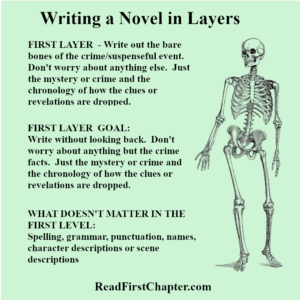 In the first layer of writing, I focus only on the crime or mystery. I make a list of the chronology of the crime. How it happens, who it happens to, how the detectives are assigned to the case. I focus only on the crime. I don’t think of subplots, or dialogue or even the outcome. Only on the crime itself, almost like a Forensic Files show.
In the first layer of writing, I focus only on the crime or mystery. I make a list of the chronology of the crime. How it happens, who it happens to, how the detectives are assigned to the case. I focus only on the crime. I don’t think of subplots, or dialogue or even the outcome. Only on the crime itself, almost like a Forensic Files show.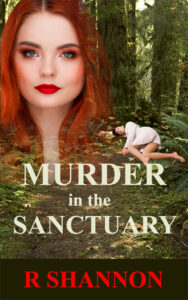


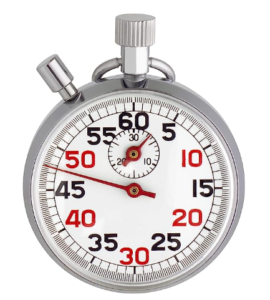 In writing mystery romances and police procedurals, it’s important to keep track of time for a few reasons. One reason is that it’s too easy to get lost in the writing and forget the time line. It may be morning in one scene and in the next scene you’re referring to something happening at 4PM. Problems like these are very tedious to clean up after you’re done writing. It’s easier easier to track the timing while you create the scene, while you write.
In writing mystery romances and police procedurals, it’s important to keep track of time for a few reasons. One reason is that it’s too easy to get lost in the writing and forget the time line. It may be morning in one scene and in the next scene you’re referring to something happening at 4PM. Problems like these are very tedious to clean up after you’re done writing. It’s easier easier to track the timing while you create the scene, while you write.
 I mentioned writing in layers above. This is a secondary technique that I will blog about as I move along in my present book. I’ll also give you a sneak peek behind the novel to see what levels I write in.
I mentioned writing in layers above. This is a secondary technique that I will blog about as I move along in my present book. I’ll also give you a sneak peek behind the novel to see what levels I write in.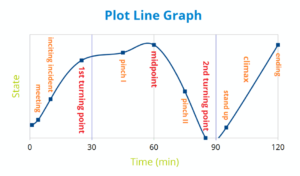 Each new book requires a new plotline. I used to come up with a plotline and go with it. But I noticed I had a lot of insecurities as to whether it was good enough or whether I was choosing a plotline too soon.
Each new book requires a new plotline. I used to come up with a plotline and go with it. But I noticed I had a lot of insecurities as to whether it was good enough or whether I was choosing a plotline too soon. So I could tell the four plotlines was a working strategy going forward. The first time I did this, I opened a new Notepad document, plotted a crime and a potential storyline. When I finished, I named it the first potential plotline and filed it. Rinse and repeat. Sounds pretty straight forward, right?
So I could tell the four plotlines was a working strategy going forward. The first time I did this, I opened a new Notepad document, plotted a crime and a potential storyline. When I finished, I named it the first potential plotline and filed it. Rinse and repeat. Sounds pretty straight forward, right? Then in response to getting scattered, I just wrote all four plotlines in one document, but then I was overwhelmed by how long the document was and it wasn’t easy to see which plotline I was in. The Notepad has a tendency to return to the top when you flip out of it to check a spelling or anything. Ugh, I again went upside down.
Then in response to getting scattered, I just wrote all four plotlines in one document, but then I was overwhelmed by how long the document was and it wasn’t easy to see which plotline I was in. The Notepad has a tendency to return to the top when you flip out of it to check a spelling or anything. Ugh, I again went upside down.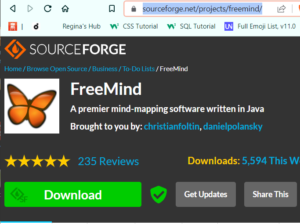
 Since I began writing full time, I’ve noticed a difference between the type of energy writing fiction takes. Because I’m using creative energy, there’s risk involved. It requires me to make decisions and choose to go down one avenue of story and not another. There’s always a possibility that I may wind up in a dead-end or wish I had chosen another route. No one likes disappointment, especially the type where you look back and see hours and hours of wasted writing time!
Since I began writing full time, I’ve noticed a difference between the type of energy writing fiction takes. Because I’m using creative energy, there’s risk involved. It requires me to make decisions and choose to go down one avenue of story and not another. There’s always a possibility that I may wind up in a dead-end or wish I had chosen another route. No one likes disappointment, especially the type where you look back and see hours and hours of wasted writing time!

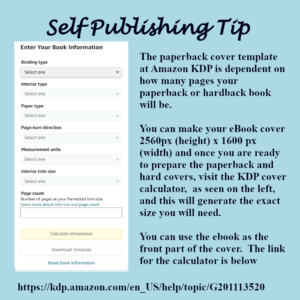
 I am a diligent plotter and planner when I write. Starting in Scrivener, I construct the story and go over it from six or seven different angles before I even compile it to be worked on, massaged and proofread in Microsoft Word.
I am a diligent plotter and planner when I write. Starting in Scrivener, I construct the story and go over it from six or seven different angles before I even compile it to be worked on, massaged and proofread in Microsoft Word.
